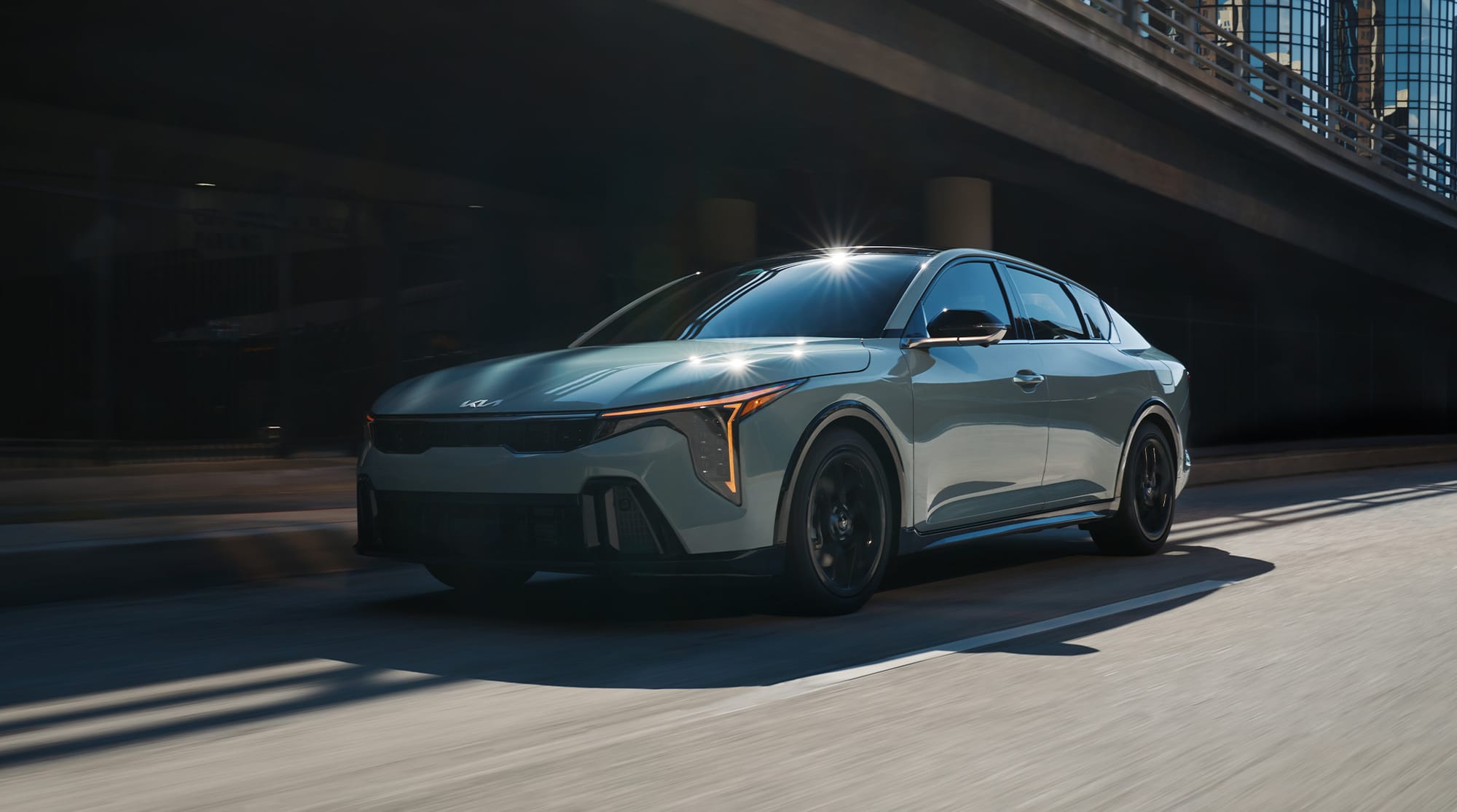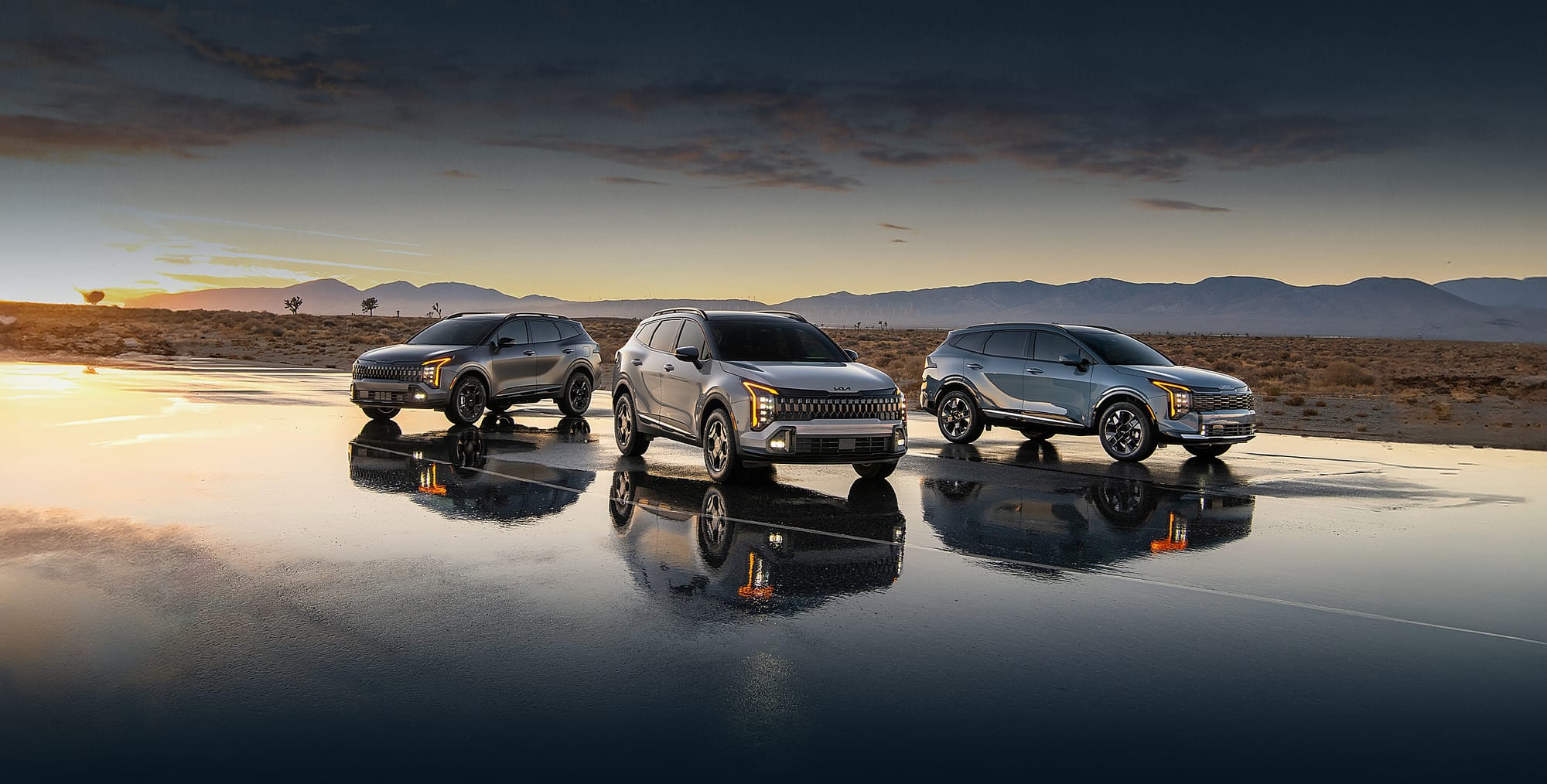California’s landmark ban on the sale of new petrol and diesel cars by 2035 may face repeal under US President-elect Donald Trump, sparking renewed debate over the future of clean transportation policies in the United States.
California’s ICE Ban: A Bold Move Toward Emissions Reduction
The California Air Resources Board (CARB) officially approved the Internal Combustion Engine (ICE) ban in August 2022.

The regulation requires that all new light vehicles sold in the state by 2035 be electric or hydrogen-powered, with the exception of plug-in hybrids (PHEVs), which can account for up to 20% of sales if they achieve a minimum electric-only range of 80km.
California’s transportation sector contributes 50% of greenhouse gas emissions and 80% of air pollutants, making this ban a significant step toward reducing the state’s environmental footprint.
Eleven states, including New York, have committed to adopting California’s framework, which was recently approved by the Environmental Protection Agency (EPA).
Trump’s Plan to Roll Back EV Policies
Donald Trump has signaled his intention to revoke the EPA’s approval of California’s ICE ban, citing concerns over economic impacts and consumer choice. Trump has also pledged to:
- Eliminate federal tax credits for EV purchases (up to US$7500).
- Redirect funding for EV charging infrastructure to national defense supply chains.
- Roll back the EPA’s emissions and fuel economy standards to 2019 levels, allowing vehicles to emit 25% more CO₂ and consume 15% more fuel compared to current targets.
“We need balance, not mandates that limit consumer choice,” Trump said during his campaign.

Industry Reaction
The Alliance for Automotive Innovation, representing major US automakers, expressed concerns about California’s regulations and supports Trump’s plans to create a national standard.
“California’s Advanced Clean Cars II program is a de facto ban on new gas-powered vehicles,” said Alliance CEO John Bozzella.
“Most states aren’t ready for these requirements, and achieving sales mandates under current market realities will take a miracle.”
Bozzella also noted that consumer adoption of EVs remains a challenge, with demand falling short of the ambitious targets set by state and federal agencies.
Hydrogen Vehicles Losing Ground in California
California’s plan initially included hydrogen fuel-cell vehicles (FCEVs) to account for over 10% of new vehicle sales by 2035. However, the technology has struggled to gain traction.
Sales of FCEVs dropped dramatically from 1765 units in the first half of 2023 to just 298 units in the same period this year, with the decline attributed to delays in the rollout of hydrogen refueling infrastructure.
California had planned to have 200 hydrogen stations operational by 2025 but remains far behind schedule.
What’s Next?
Trump’s potential reversal of California’s ICE ban could have far-reaching implications for the global shift toward electric vehicles.
While supporters of the ban argue it is essential for combating climate change, critics claim it undermines consumer choice and imposes unrealistic targets.
As the debate intensifies, the fate of California’s bold policy—and its influence on other states—hangs in the balance.
See Also

















